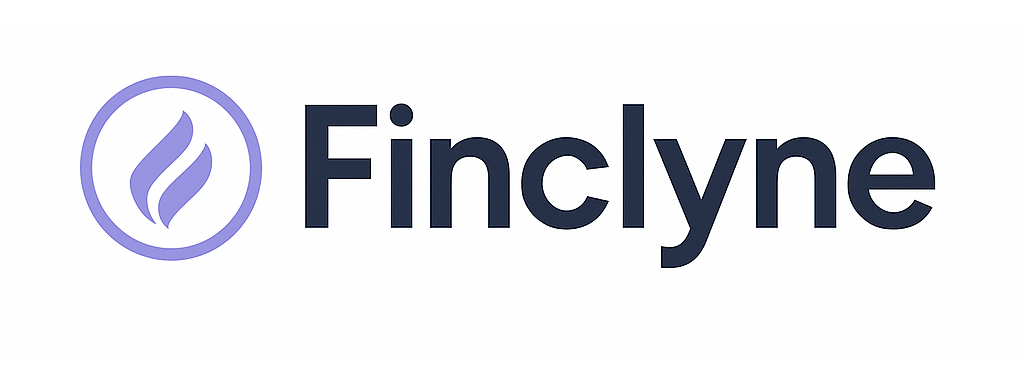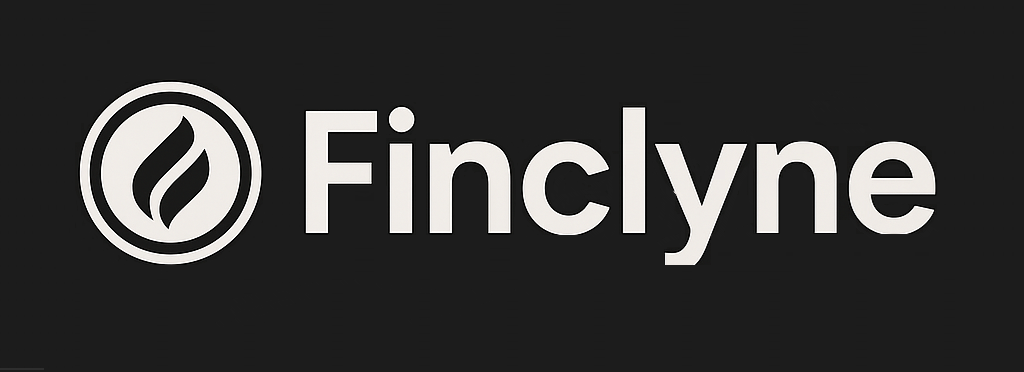2 Smart ETF Plays to Ride the AI Wave Without Picking Individual Stocks
The artificial intelligence revolution is no longer a distant sci-fi concept; it’s a present-day market force reshaping industries and creating immense wealth. With companies like NVIDIA posting meteoric gains and AI-powered tools becoming integral to daily life, investors are clamoring for a piece of the action. However, the path to profiting from this technological shift is fraught with risk. Picking individual stock winners is a high-stakes game of speculation, where today’s leader could be tomorrow’s laggard. For every success story, there are dozens of companies that fail to deliver on their promise. This volatility can be daunting, especially for those looking to build a stable, long-term portfolio.
Fortunately, there is a more prudent approach. Exchange-Traded Funds (ETFs) offer a compelling solution, allowing investors to buy a diversified basket of AI-related companies in a single transaction. This strategy spreads risk across dozens of stocks, mitigating the impact of any single company’s poor performance while still capturing the overall upward momentum of the sector. Instead of betting on one horse, you’re betting on the race itself. By selecting the right ETF, you can gain targeted exposure to the AI ecosystem without the anxiety of single-stock picking. Here, we explore two distinct ETF strategies that provide a smart gateway to the AI wave.
One of the most direct ways to invest in the theme is through a fund like the **Global X Robotics & Artificial Intelligence ETF (BOTZ)**. This ETF offers broad exposure to companies at the forefront of AI and robotics innovation. Its portfolio includes firms involved in industrial automation, autonomous vehicles, healthcare robotics, and AI-powered software. Top holdings often include household names like NVIDIA, which provides the powerful GPUs essential for AI development, alongside specialized leaders like Intuitive Surgical, a pioneer in robotic-assisted surgery, and Keyence Corporation, a Japanese automation giant. The appeal of BOTZ lies in its global, thematic focus. It isn’t just a bet on US tech; it provides access to key international players, acknowledging that the AI revolution is a worldwide phenomenon. While its expense ratio is higher than a standard index fund, it provides curated access to a dynamic and fast-growing industry.
A second, and arguably more foundational, strategy is to focus on the “picks and shovels” of the AI gold rush. During the 19th-century gold rush, the most consistent profits were made not by the prospectors, but by the merchants selling them supplies. In the context of AI, the essential “supplies” are semiconductors. The **VanEck Semiconductor ETF (SMH)** is a prime example of this approach. This fund concentrates on the companies that design, manufacture, and sell the chips that power everything from data centers to AI-enabled consumer devices. SMH is known for its highly concentrated portfolio, with a significant portion of its assets invested in industry titans like Taiwan Semiconductor Manufacturing Company (TSMC), NVIDIA, and Broadcom. By investing in SMH, you are betting that regardless of which software or AI application ultimately wins, the demand for high-performance computing hardware will continue to soar. This approach taps directly into the infrastructure backbone of the AI trend, offering a potent, albeit cyclical, investment thesis.
Ultimately, both ETFs provide a strategic method for investing in artificial intelligence while sidestepping the peril of individual stock selection. BOTZ offers a diversified, thematic play on the various applications of AI and robotics, while SMH presents a concentrated bet on the fundamental hardware that makes it all possible. The choice between themor a combination of bothdepends on an investor’s risk tolerance and their conviction in which part of the AI value chain will generate the most sustainable returns. As the AI landscape continues to evolve, these funds offer a diversified and accessible entry point for those looking to invest in the future of technology.





